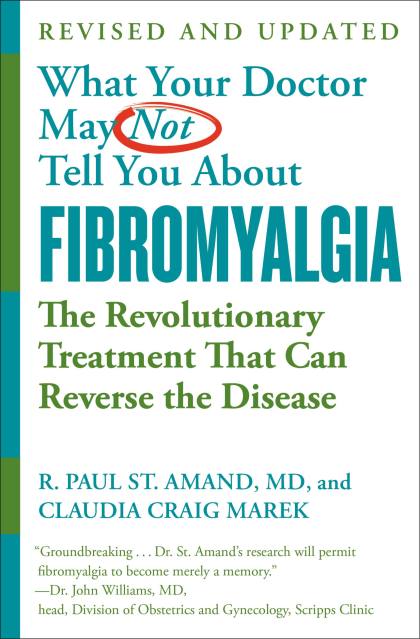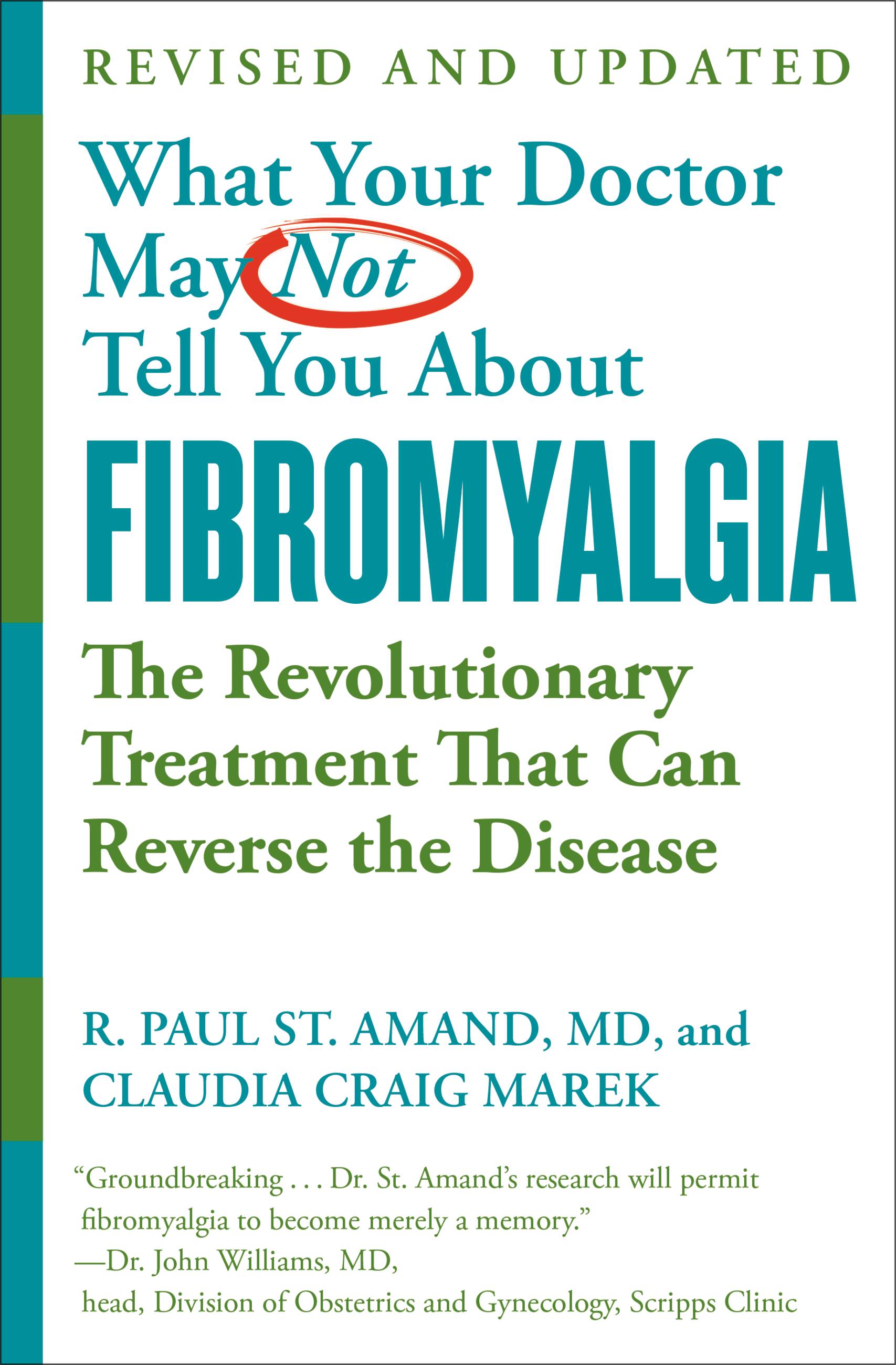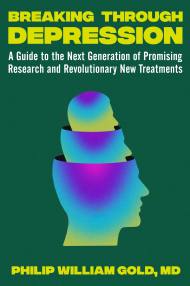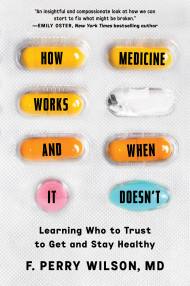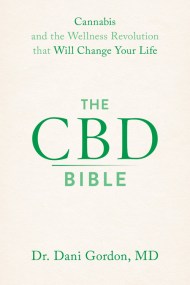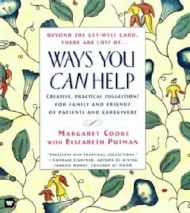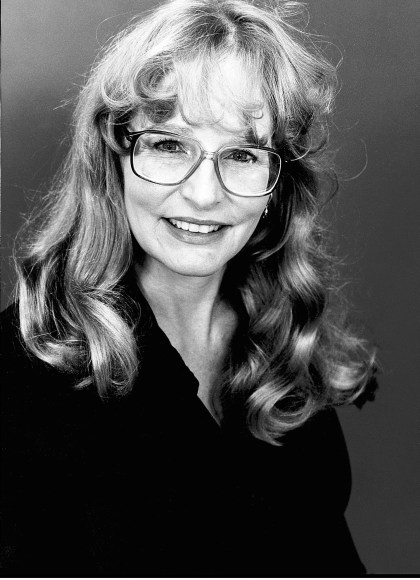Promotion
Use code MOM24 for 20% off site wide + free shipping over $45
WHAT YOUR DOCTOR MAY NOT TELL YOU ABOUT (TM): FIBROMYALGIA
The Revolutionary Treatment That Can Reverse the Disease
Contributors
By Claudia Craig Marek
Formats and Prices
Price
$11.99Price
$15.99 CADFormat
Format:
- ebook $11.99 $15.99 CAD
- Trade Paperback $21.99 $28.99 CAD
This item is a preorder. Your payment method will be charged immediately, and the product is expected to ship on or around May 7, 2019. This date is subject to change due to shipping delays beyond our control.
Also available from:
Over a decade ago, Dr. R. Paul St. Amand, an experienced endocrinologist and UCLA assistant clinical professor, published his protocol for reversing fibromyalgia based on nearly half a century of research. This book offers Dr. St. Amand’s latest research on guaifenesin, an inexpensive, safe, an incresingly available medication that can help reverse the disease. The authors have seen symtpoms eliminated and normal quality of life restored in an astonishing 90 percent of pateints they treated with guaifenesin. Updated and revised with more patient anecdotes and a deeper understanding of symptoms, treatments, and results, readers will find:
More information about the current treatment of fibromyalgia and what causes it
New results from Dr. St. Amand’s studies about the efficacy of guafenesin treatment
Changes in disease protocol
Discussion of pharmaceuticals in treatment
–and much more
More information about the current treatment of fibromyalgia and what causes it
New results from Dr. St. Amand’s studies about the efficacy of guafenesin treatment
Changes in disease protocol
Discussion of pharmaceuticals in treatment
–and much more
Genre:
- On Sale
- May 7, 2019
- Page Count
- 432 pages
- Publisher
- Grand Central Publishing
- ISBN-13
- 9781538764411
Newsletter Signup
By clicking ‘Sign Up,’ I acknowledge that I have read and agree to Hachette Book Group’s Privacy Policy and Terms of Use
